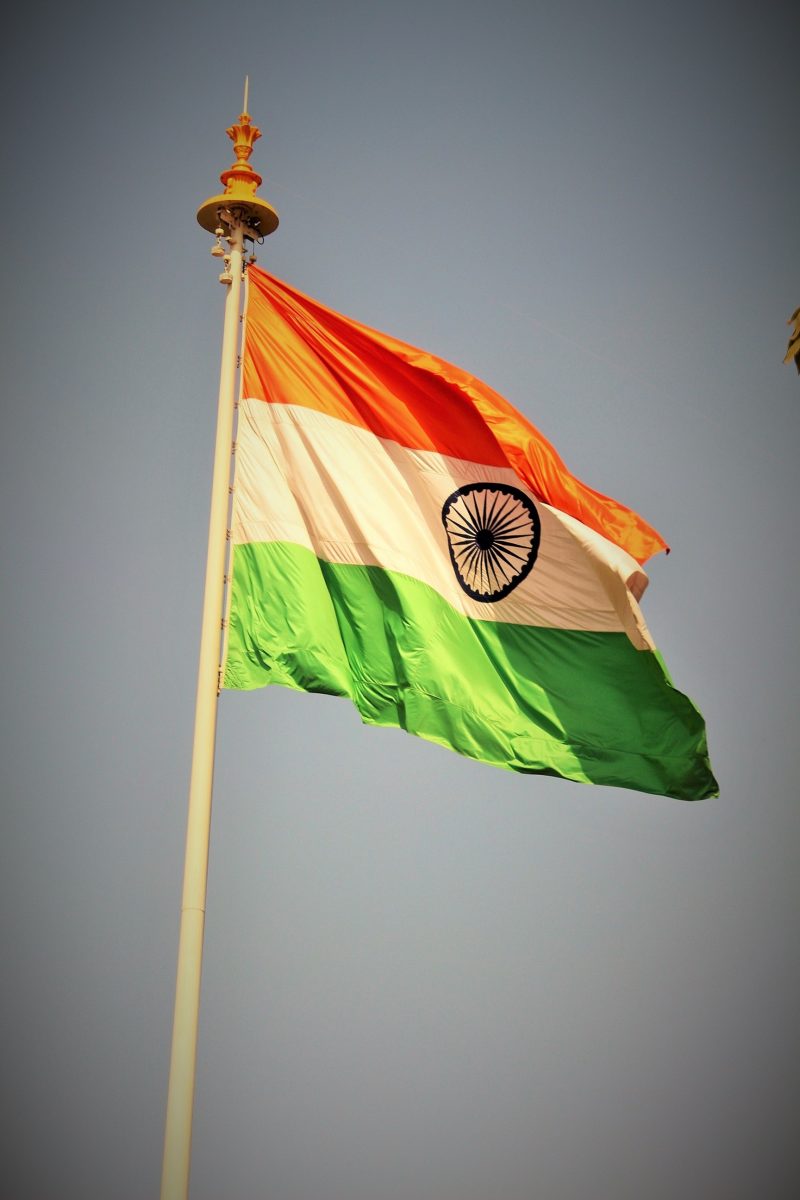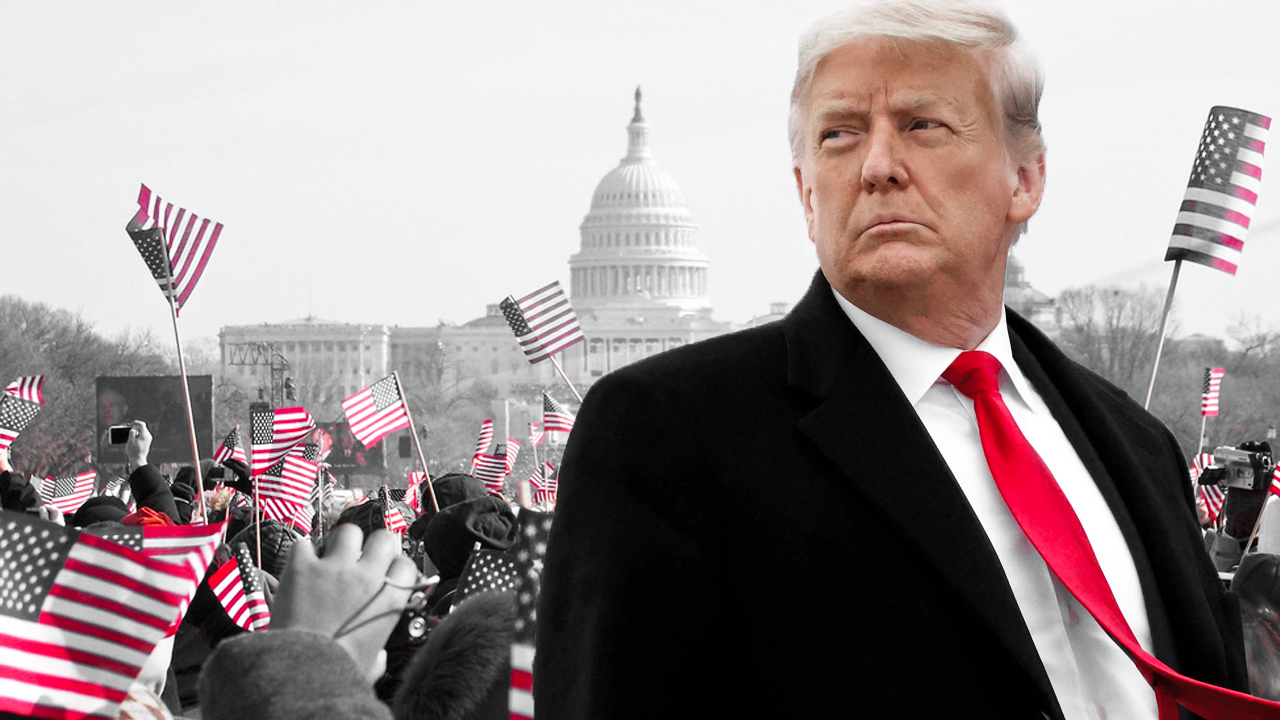By Shashi Kant Tripathi
When media outlets began reporting about the starvation of stranded workers during the lockdown due to the coronavirus, several other heartbreaking incidents also came to light, for instance, that 39 year old Ranveer Singh had died midway as he walked from Delhi to Morena. He was a delivery boy in a Delhi restaurant and left the capital because there was no social and economic security left after the lockdown began. This poignant case is just one example of deaths which could have been completely avoided, deaths which happened not because of the virus, but because of the poorly planned lockdown.
Millions of people working in the gig economy have been left unemployed. Since these jobs are not permanent, workers don’t have any provisions for monthly income or social security related to labour laws. More than 90% the workforce in India is working in the ‘informal’ sector. The Unorganised Workers’ Social Security Act, 2008 and the Code on Social Security, 2019 are unable to protect their livelihood. Moreover, millions of ‘street children’ and homeless, living on the streets without adequate provisions. Wherever they are ‘dealt’ with, they are stuffed together in huge numbers without any guarantee of food and hygiene.
When Prime minister Narendra Modi announced the three (now five) week lockdown, his government did not think about informal sector workers, street children and homeless people. Although the government’s main argument was the need to save lives and control the pandemic, in reality, out of sheer negligence, it left certain sections to starve and even die.
According to the Global Hunger Report 2019, India is ranked 102 out of 117 countries. Neighbouring Pakistan and Bangladesh both scored better. The portion of undernourished in the population is 14.5%. 37.9% of children under five years have stunted growth and 20.8% of children under 5 year are face starvation. Another serious food related issue is anaemia. More than 50% of women and children are struggling with anaemia in the country. Another study regarding diet related deaths by Lancet shows 310 deaths per one lakh in 2017. In 2016, 28.1% of the total deaths were caused by cardiovascular diseases. Cardiovascular disease is one of the leading causes for deaths due to lack of a complete diet. According to the National Sample Survey, 68% of the population of rural India are not able to access 2200 calories (the benchmark nutritional norm to define poverty) in 2011-12 and 65% of the urban population were unable to consume 2100 calories in the same year. This data shows that India’s condition is dire as it is and that lockdown threatens to worsen things dramatically.
Availability of food is another pertinent problem in India. Per person food absorption has been declining slowly after the economic reforms in the country. Data from the Ministry of Agriculture and Family welfare shows that the net availability of food grains per person per year was 177.9 kg in 2016 while it was 186.2 kg in 1991. In 2015, China and Bangladesh’s food availability per capita were 450 kg and 200 kg respectively. This picture is alarming for healthcare in India. Utsa Patnaik, in her article “ The Republic of Hunger” (2004), stated that “this country was once a developing economy, but has been turned into the Republic of Hunger.”
Nonetheless, the stock of foodgrains in December 2019 was reported to be 564 metric tons. This highlights the incompetency and more importantly, a lack of will of the government to not distribute available food to its population. As Jean Dreze writes, “how would you feel if a family were to let its weakest members starve, even as the House’s granary is full to the brim.” He stressed the need for the central government to unlock the godowns and supply food to the states. Although there are some measures like food distribution by state governments, disbursal of Rs. 500 to 4.07 crore women as ‘ex-gratia’ in PMJDY account holders, these are not sufficient to tackle the hunger related problems.
To quote Utsa Patnaik, “When as a ground reality, incidents of hunger are rising, a ‘denial mode’ amongst those who govern and among those who are associated with making or influencing policy… is common and to be expected.”

The situation has already grown extremely grim. Workers think that they will die of hunger before the virus kills them. Hunger and poverty have been used as tools of ‘disciplining’ a population, but Indian society’s hands are even further tied because of the lockdown. Most media outlets are not engaging in responsible journalism and are busy communalising the pandemic. Workers are scattered, scrambling to make ends meet and there is literally no way for activists to come out and protest against the enormity of injustice with the poor. It is often said that the virus does not discriminate between people based on class, but in reality, it does. To begin with, it was a rich man’s disease that has now been passed on to the poor who lack the strength to fight it, both physically and financially. People who are daily wage labourers and barely manage two square meals a day are incapable of stocking ration and supplies so that they can sit at home and practice social distancing norms (most of them do not even have homes).
A decent life is a fundamental right, but the government is leaving the masses to think that even ‘survival’ is a privilege. If India doesn’t want to label the death of these workers as ‘collateral damage’, it must ensure universal nutritious food for all and also ensure minimum income for the majority, allowing everyone to purchase non-food essentials. However, ration cards will noy solve the problem of hunger in India. What is urgently required is the politicisation of the issue of hunger, otherwise, through neglect and unsound policies, the government will drive large sections of its own population to death.
Pexels
Shashi Kant Tripathi – Research Scholar at Jawaharlal Nehru University

















Leave a Reply